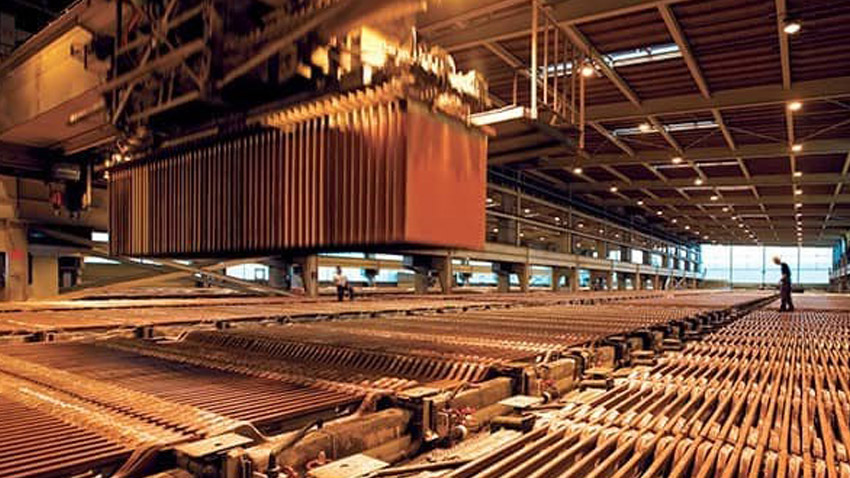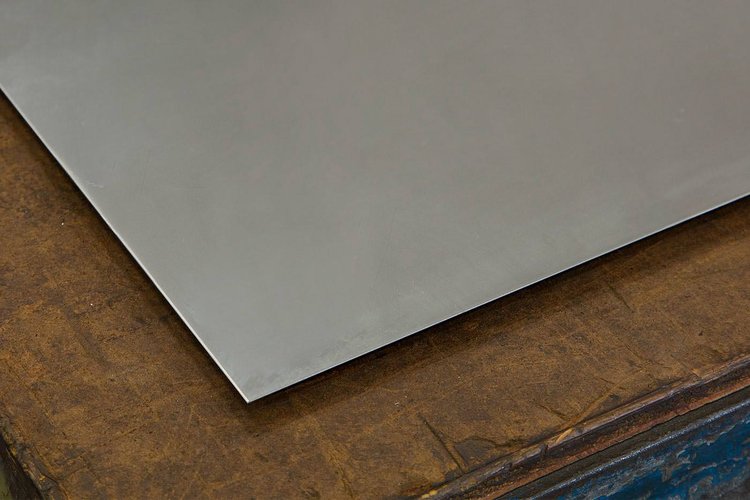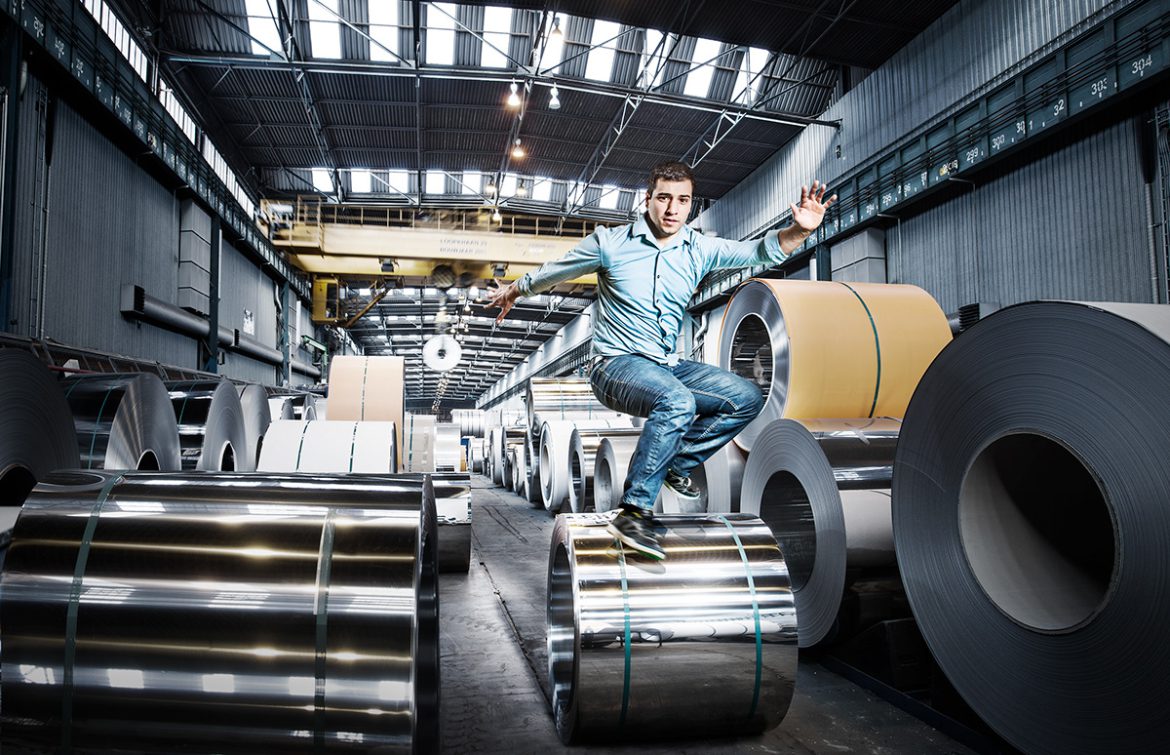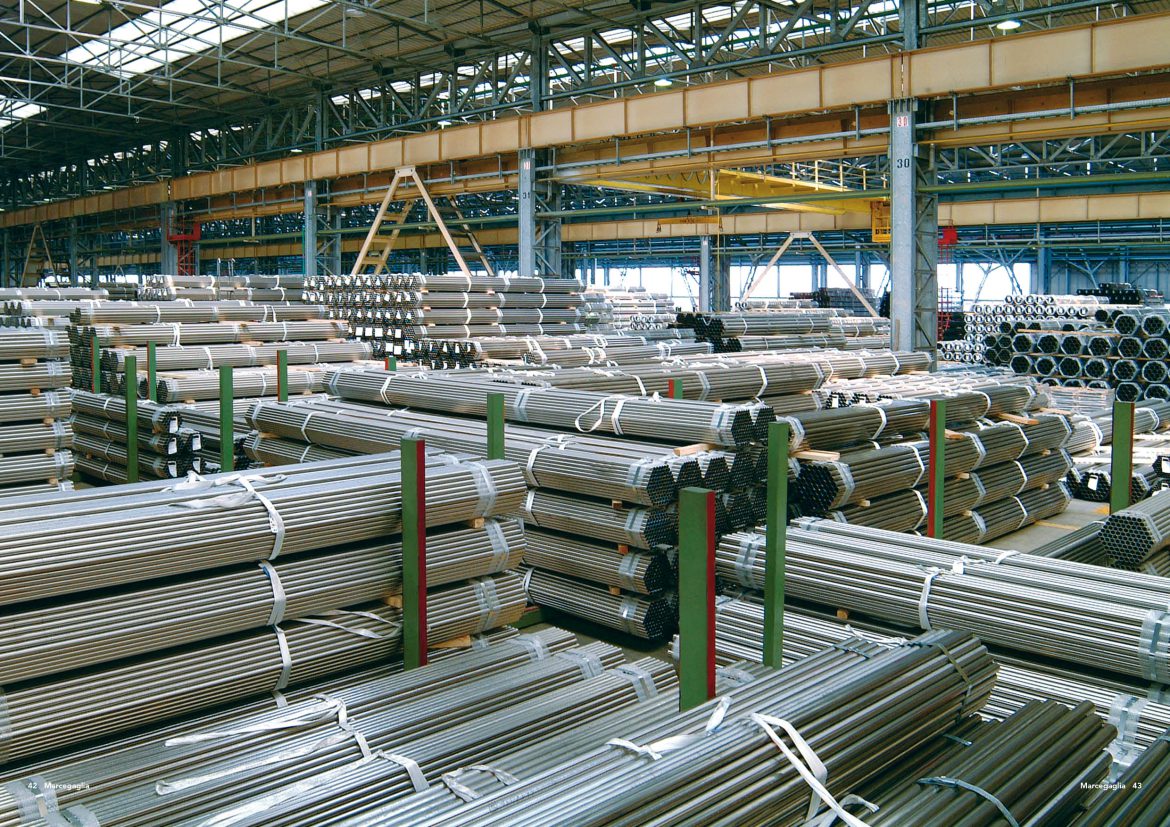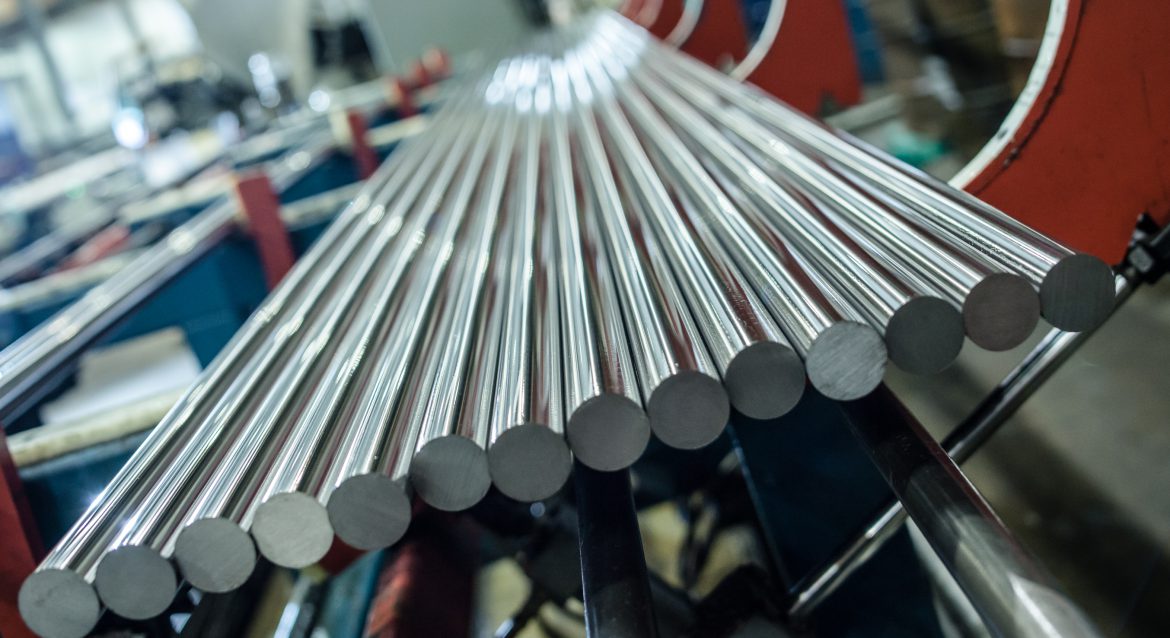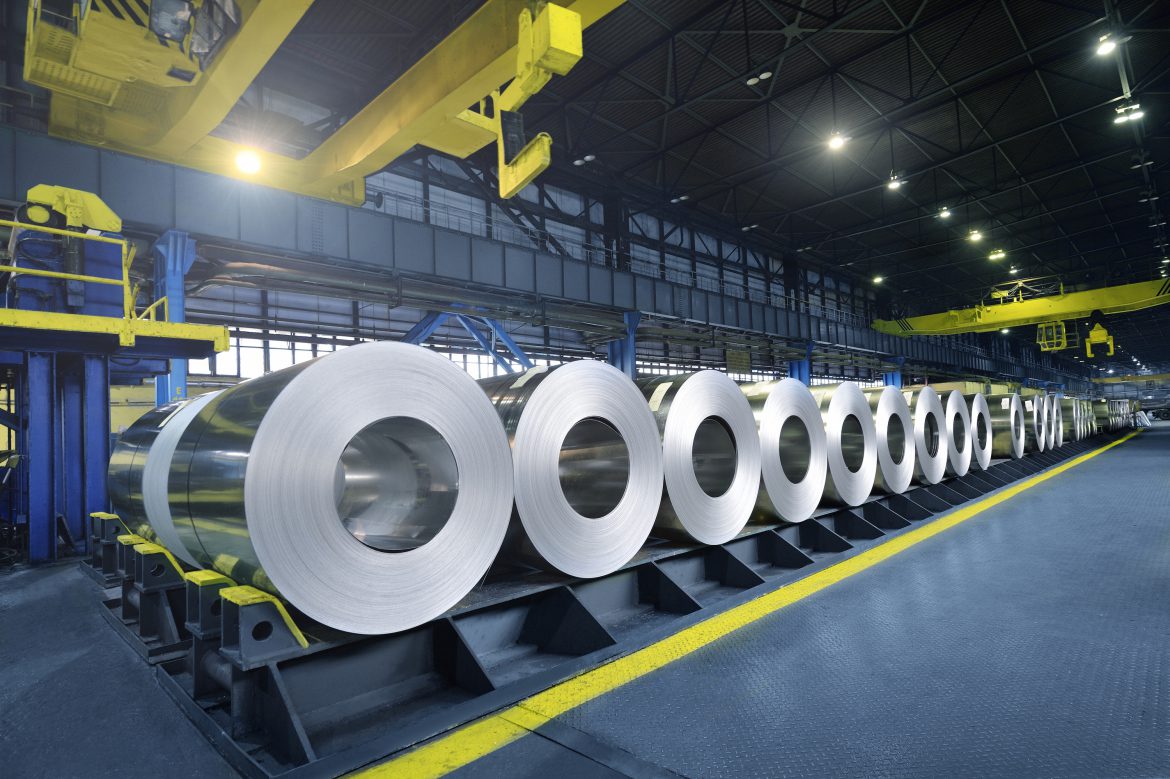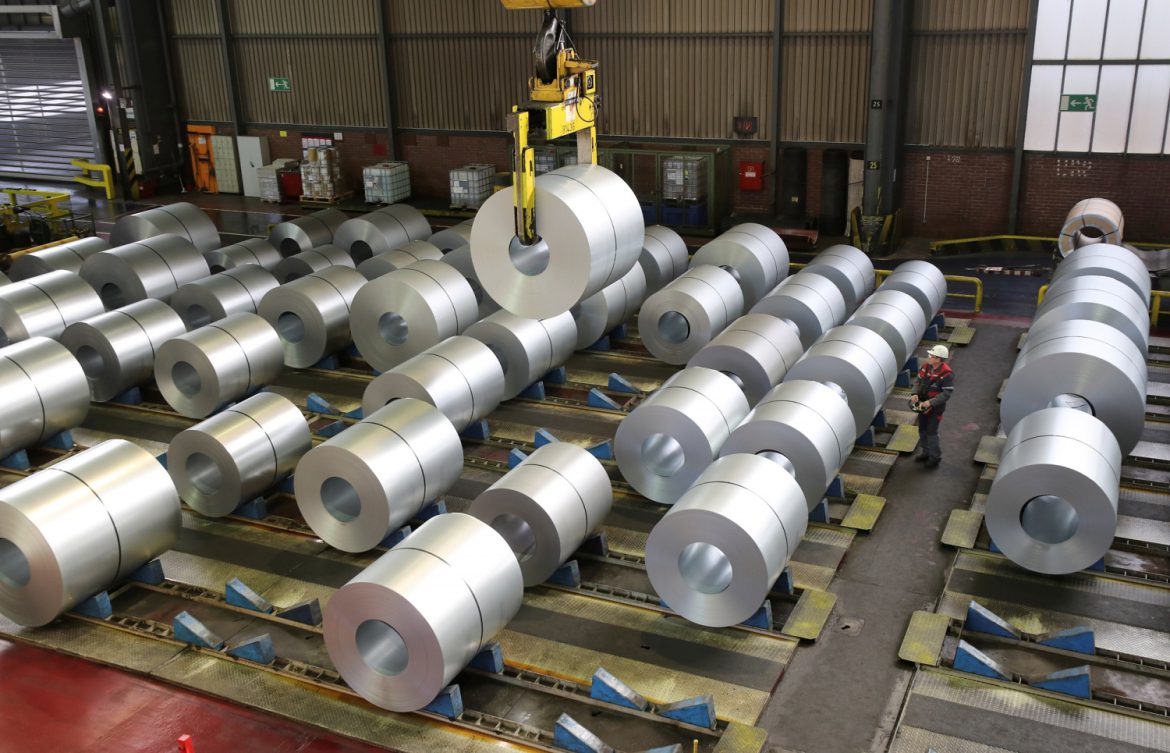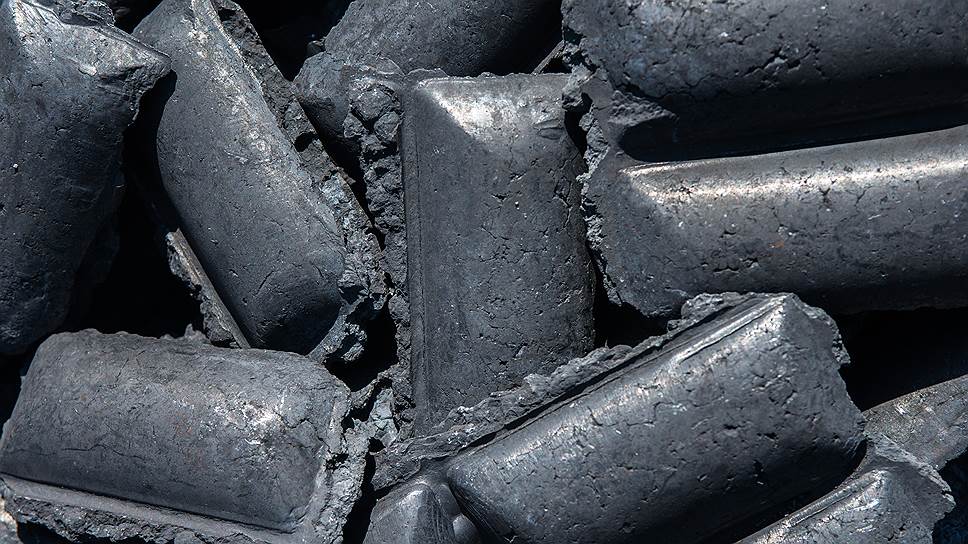Cast iron is an iron alloy containing 2 to 4 percent carbon with varying amounts of silicon and manganese as well as impurities such as sulfur and phosphorus. This is done by crushing iron ore in a blast furnace. Molten iron is cast or hardened through casting. The final product is made in the form of lava or ingots. For more information on Highest quality steel ingot for sale, visit our site.
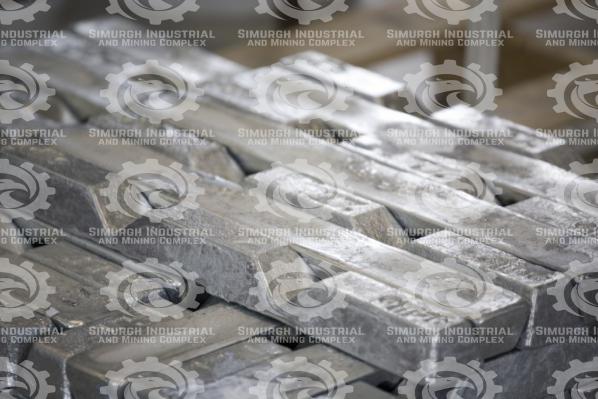
What can You do with a steel ingot?
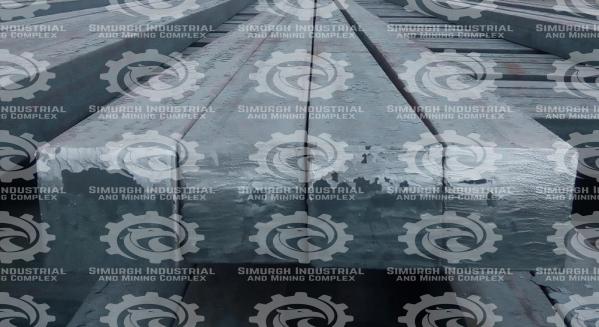 Cast ingots can be remelted and produced in a variety of ways. China produced cast iron in the early sixth century, and it was produced sparsely in Europe in the fourteenth century. The first hardware factory in the United States was established in 1619 on the banks of the James River in Virginia. In the 18th and 19th centuries, cast iron was less expensive than iron. Because intensive cleaning and hammering was not required, but it is more brittle and has less tensile strength.
Cast ingots can be remelted and produced in a variety of ways. China produced cast iron in the early sixth century, and it was produced sparsely in Europe in the fourteenth century. The first hardware factory in the United States was established in 1619 on the banks of the James River in Virginia. In the 18th and 19th centuries, cast iron was less expensive than iron. Because intensive cleaning and hammering was not required, but it is more brittle and has less tensile strength.
Despite its load resistance, it was used as the first structural steel in the construction of the first skyscrapers. In the 21st century, steel replaced cast iron in construction. However, cast iron still has many industrial applications. Cast iron usually contains carbon impurities and small amounts of other impurities depending on the type of ore and associated impurities, as well as how the blast furnace operates. Since the main iron consumption in the industry is in the form of steel, cast iron must be converted into steel appropriately.
Carbon impurities and other impurities are reduced as much as possible in this process. A stream of air is directed into the molten cast iron to remove carbon and sulfur impurities in the form of gaseous SO2 and CO2. Silica and phosphorus impurities in cast iron melt react with oxygen in the air as non-volatile P4O10 and SiO2 oxides are adsorbed on the inner wall of the furnace. And the molten compounds were extracted as slag after converting to Mg3 (PO4) 2 and MgSiO3.
The term steel is used for iron alloys that contain up to about 1.5 percent carbon and are often associated with other elements or metals. The properties of steel depend on the percentage of carbon in it, the heat treatment done on it and the alloying elements in it. Steel ingots are intermediate rolled steel products that are produced in the form of billet or billet or ingot. The billet has a cross section of less than 230 cm2 and is circular or square with a width of less than 15 cm and is mostly used for the production of rebars and wires.
Bloom has a cross section of more than 230 square centimeters and is square in shape with a width of more than 15 centimeters and less than 30 centimeters and is used to make rails, beams, cans, corners, studs, shields, etc. Today, the technologies used in the production of steel products in the later stages of obtaining molten steel, ie casting and rolling, are more or less the same. But to obtain molten or crude steel, various technologies can be used, including blast furnace (BF), arc furnace (EAF) and induction furnace (IMF) methods. Although most of the world’s crude steel production is It is produced by blast furnace method, but for several reasons, the use of electric furnace method, especially in Iran, is more justifiable.For more information on steel ingot sale visit our site.
Purchase Highest quality steel ingot
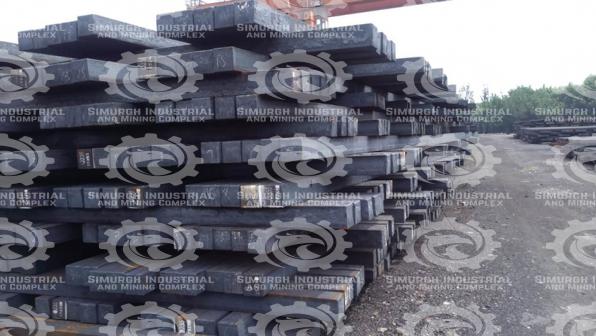 Purchase Highest quality steel ingot from our manufacturing company is possible and we deliver this product to the customer at a reasonable price. Therefore, for more information about steel ingot price, visit our site.
Purchase Highest quality steel ingot from our manufacturing company is possible and we deliver this product to the customer at a reasonable price. Therefore, for more information about steel ingot price, visit our site.
You can contact us to buy and sell this product:
Sales consultant: Ms. Leila Nematzadeh
Ways of communication: Phone number: 02147623014
Phone number: 02147623014
 Phone number: 04133660491
Phone number: 04133660491
 Phone number: 09120169267
Phone number: 09120169267
 WhatsApp Response (Skype): click
WhatsApp Response (Skype): click
 Instagram: simurgh_steel_company@
Instagram: simurgh_steel_company@
 email: info@simurghsteelco.com
email: info@simurghsteelco.com
 email: ironore110@gmail.com
email: ironore110@gmail.com
 Facebook: ironore110@
Facebook: ironore110@
 LinkedIn: simurgh-iron-and-steel-company-a68295180@
LinkedIn: simurgh-iron-and-steel-company-a68295180@
 twitter: CoSimurgh@
twitter: CoSimurgh@
